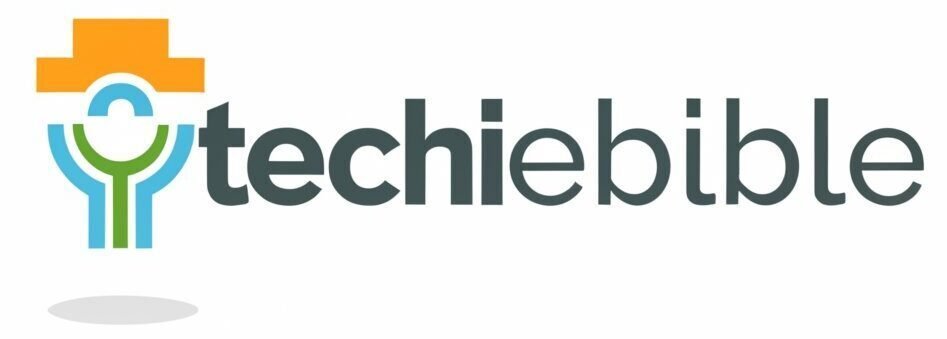Embarking on an Internet of Things (IoT) integration journey can be a daunting task, but with the right considerations in mind, you can ensure a successful and seamless integration. Whether you are a small business owner or a technology enthusiast, it is crucial to understand the fundamental factors that play a vital role in the successful implementation of IoT. From selecting the right IoT platform to ensuring data security and privacy, there are several key considerations that you should keep in mind before diving into IoT integration. In this blog post, we will discuss the essential factors that you need to consider for a successful IoT integration, providing you with the insights and guidance you need to make informed decisions for your IoT deployment.
Understanding IoT Ecosystems
The Internet of Things (IoT) is a complex ecosystem that involves a wide range of technologies, devices, and platforms. As you consider integrating IoT into your business, it’s important to have a solid understanding of the entire IoT ecosystem to ensure successful implementation and operation of your IoT solution.
Components of IoT Systems
When it comes to IoT systems, there are several key components that you need to be familiar with. These components include sensors, actuators, connectivity, and data processing. Sensors are used to collect data from the physical world, while actuators are responsible for taking action based on the data collected. Connectivity enables these components to communicate with each other and with the cloud, where data processing and analysis take place. Understanding how these components work together is essential for building a robust and efficient IoT solution for your business.
Connectivity and Communication Protocols
Connectivity and communication protocols are crucial aspects of IoT ecosystems. The choice of connectivity and communication protocols can have a significant impact on the performance, security, and scalability of your IoT solution. Wi-Fi, Bluetooth, cellular, and LPWAN are some of the common connectivity options for IoT devices. Likewise, communication protocols such as MQTT, CoAP, and HTTP are used for sending and receiving data between IoT devices and the cloud. You need to carefully evaluate these options to ensure that your IoT devices can effectively communicate with each other and with the central IoT platform in a secure and reliable manner.
Planning for IoT Integration
Any successful IoT integration starts with thorough planning. This involves assessing your business needs and goals, selecting the right IoT platform and devices, and developing a clear implementation roadmap.
Assessing Business Needs and Goals
Before diving into IoT integration, it’s crucial to assess your specific business needs and objectives. You should identify the areas in your business where IoT technology can add value, whether it’s in streamlining operations, improving efficiency, or enhancing customer experiences. By understanding your business needs, you can ensure that the IoT solutions you choose are aligned with your strategic goals and will deliver tangible benefits.
Selecting the Right IoT Platform and Devices
Choosing the right IoT platform and devices is a critical decision that will have a direct impact on the success of your integration. You need to consider factors such as scalability, security, interoperability, and ease of integration with your existing systems. Look for a platform that offers robust features, a user-friendly interface, and strong support for various types of devices. Additionally, carefully evaluate the IoT devices you’ll be using, ensuring they are reliable, compatible with your chosen platform, and able to meet your specific use case requirements.
Key Challenges in IoT Implementation
Not without its challenges, IoT implementation can bring about various obstacles in your integration efforts. Two key hurdles are security and privacy concerns and data management and analysis.
Security and Privacy Concerns
When implementing IoT, you need to consider the security and privacy concerns that come with the territory. With a large number of connected devices and the transfer of sensitive data, there is an increased risk of security breaches. Your IoT devices and networks could become vulnerable to cyber attacks, potentially compromising your data and privacy. It’s essential to implement strong security measures and protocols to prevent unauthorized access and protect your data and privacy.
Data Management and Analysis
Managing and analyzing the vast amount of data generated by IoT devices can be a significant challenge. With the interconnected nature of IoT, the volume of data can quickly become overwhelming. You need to have robust data management and analysis strategies in place to collect, store, and analyze the data effectively. This may involve implementing advanced analytics tools and technologies to derive valuable insights from the data generated by IoT devices and ensure that it is used to its full potential.

Best Practices for Successful IoT Integration
After understanding the key considerations for successful IoT integration, it’s time to delve into the best practices that can help ensure a seamless and efficient integration process. By following these best practices, you can optimize the performance of your IoT system and maximize its potential impact on your business operations.
Ensuring Scalability and Flexibility
When integrating IoT into your existing infrastructure, it’s crucial to prioritize scalability and flexibility. Your IoT system should be capable of accommodating future growth and changes in your business needs without requiring a complete overhaul. To achieve this, you should design your IoT architecture with modular components that can easily adapt to new requirements. Additionally, utilizing scalable cloud-based platforms and services can provide the flexibility needed to support the expansion of your IoT ecosystem as your business evolves.
Achieving Interoperability Among Diverse Systems
Creating a seamless interoperability among diverse systems is essential for successful IoT integration. Your IoT devices, sensors, and data communication protocols must be able to communicate effectively and seamlessly with each other and with your existing enterprise systems. Utilizing open standards and protocols can help ensure interoperability, allowing your IoT devices to exchange data and information across different platforms and ecosystems. By achieving interoperability, you can maximize the potential of your IoT infrastructure and enable seamless integration with your business processes.
By implementing these best practices in your IoT integration strategy, you can overcome common challenges and ensure the successful deployment and operation of your IoT system. Prioritizing scalability and flexibility, as well as achieving interoperability among diverse systems, will set the foundation for a robust and efficient IoT ecosystem that can drive significant value for your organization.
Key Considerations for Successful IoT Integration
To wrap up, successful IoT integration requires careful consideration of several key factors. First, you must ensure that your infrastructure can support the increased connectivity and data transfer that comes with IoT devices. Additionally, you need to prioritize security measures to protect against potential breaches and data leaks. It is also important to select the right IoT platform and devices that align with your specific business goals and needs. Lastly, you should regularly evaluate and adapt your IoT strategy to keep up with the rapidly evolving technology landscape. By keeping these considerations in mind, you can increase the likelihood of a successful and efficient integration of IoT into your business operations.
